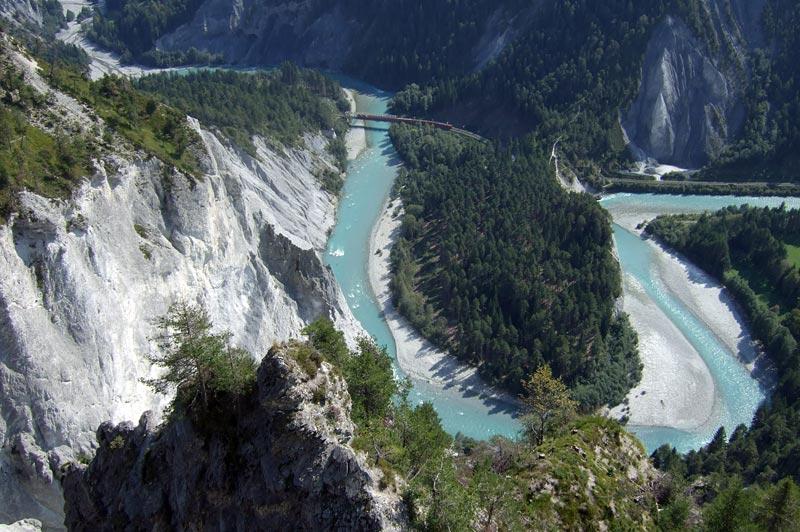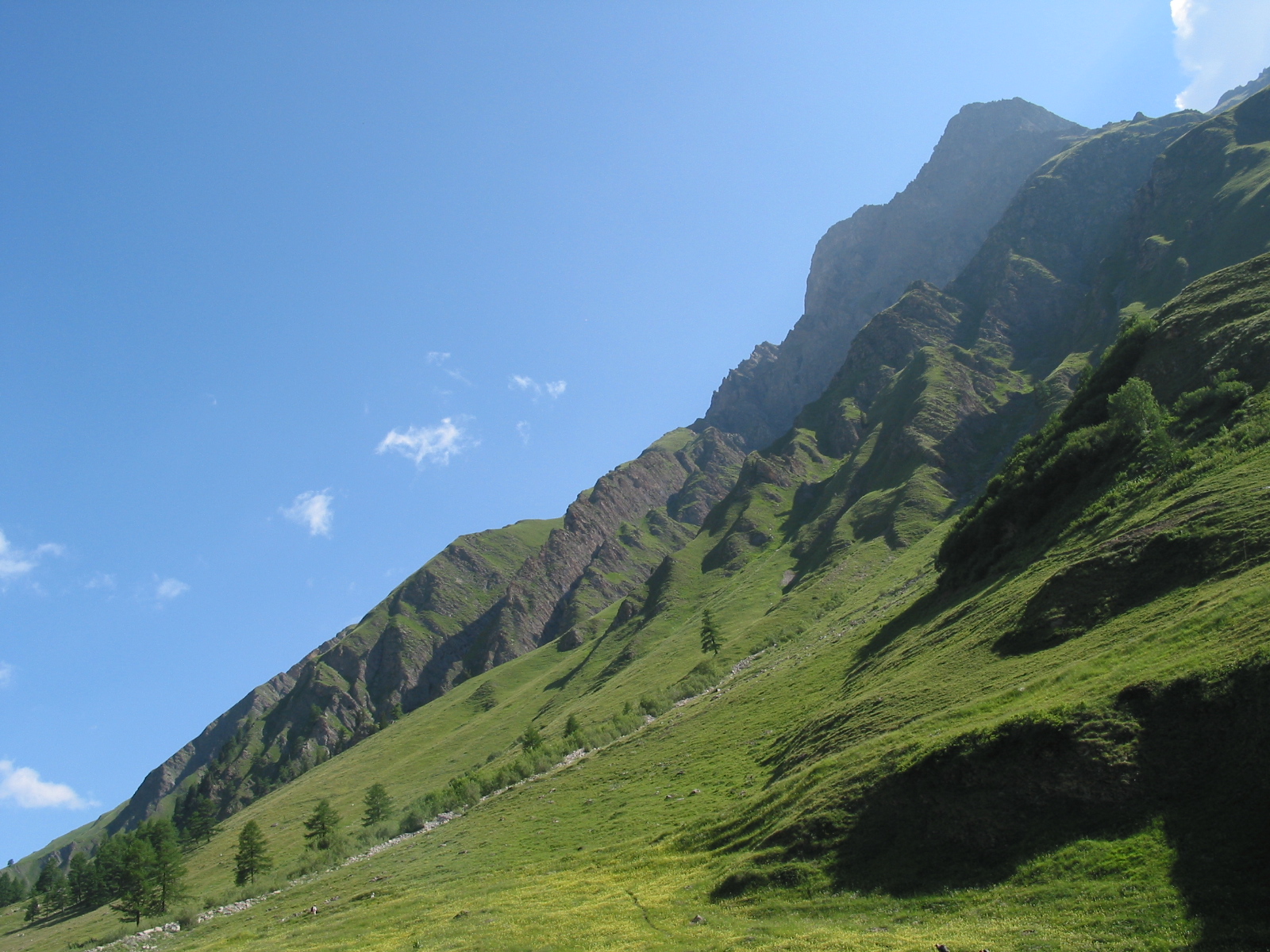|
Cabane De L'A Neuve
The Cabane de l'A Neuve (or A Neuve Hut) is a mountain hut in the Swiss Alps at 2,735 metres above sea level open for visitors. It can be reached from the Val Ferret. The hut lies below the Grand Darray (3,514 m) on the south side in the Mont Blanc Massif. Other summits close to the hut are the Tour Noir (3,835 m), the Grande Lui (3,509 m) and the Mont Dolent (3,823 m). Inauguration was 4 September 1927. References Mountain huts in Switzerland Mountain huts in the Alps {{Valais-geo-stub ... [...More Info...] [...Related Items...] OR: [Wikipedia] [Google] [Baidu] |
Mountain Hut
A mountain hut is a building located at high elevation, in mountainous terrain, generally accessible only by foot, intended to provide food and shelter to mountaineering, mountaineers, climbing, climbers and Hiking, hikers. Mountain huts are usually operated by an Alpine Club or some organization dedicated to hiking or mountain recreation. They are known by many names, including alpine hut, mountain shelter, mountain refuge, mountain lodge, and mountain hostel. It may also be called a refuge hut, although these occur in lowland areas (e.g. lowland forests) too. Mountain huts can provide a range of services, starting with shelter and simple sleeping berths. Some, particularly in remote areas, are not staffed, but others have staff which prepare meals and drinks and can provide other services, including providing lectures and selling clothing and small items. Permanent staffing is not possible above the highest permanent human settlements, which are 5500m at the latitude of Everes ... [...More Info...] [...Related Items...] OR: [Wikipedia] [Google] [Baidu] |
Swiss Alpine Club
The Swiss Alpine Club (, , , ) is the largest mountaineering club in Switzerland. It was founded in 1863 in Olten and it is now composed of 110 sections with 174,726 members (2023). These include the Association of British Members of the Swiss Alpine Club. History The Swiss Alpine Club was the first Alpine club founded in continental Europe after the foundation of the Alpine Club (1857) in London. One of the founders and the first president of the Club was Dr. Melchior Ulrich; other members were Gottlieb Samuel Studer and Dr. Simler. The inaugural meeting was held in Olten. With the increasing number of climbers, steps had to be taken to make the approach to the mountains a little less complicated and exhausting. Until mountain huts were built, there had been no choice for the climbers other than sleeping in the highest chalets or in a Bivouac shelter under some overhanging rocks and, in both cases, firewood had to be carried up. The Swiss Alpine Club during the first t ... [...More Info...] [...Related Items...] OR: [Wikipedia] [Google] [Baidu] |
Mountain Hut
A mountain hut is a building located at high elevation, in mountainous terrain, generally accessible only by foot, intended to provide food and shelter to mountaineering, mountaineers, climbing, climbers and Hiking, hikers. Mountain huts are usually operated by an Alpine Club or some organization dedicated to hiking or mountain recreation. They are known by many names, including alpine hut, mountain shelter, mountain refuge, mountain lodge, and mountain hostel. It may also be called a refuge hut, although these occur in lowland areas (e.g. lowland forests) too. Mountain huts can provide a range of services, starting with shelter and simple sleeping berths. Some, particularly in remote areas, are not staffed, but others have staff which prepare meals and drinks and can provide other services, including providing lectures and selling clothing and small items. Permanent staffing is not possible above the highest permanent human settlements, which are 5500m at the latitude of Everes ... [...More Info...] [...Related Items...] OR: [Wikipedia] [Google] [Baidu] |
Swiss Alps
The Alps, Alpine region of Switzerland, conventionally referred to as the Swiss Alps, represents a major natural feature of the country and is, along with the Swiss Plateau and the Swiss portion of the Jura Mountains, one of its three main Physical geography, physiographic regions. The Swiss Alps extend over both the Western Alps and the Eastern Alps, encompassing an area sometimes called Central Alps. While the northern ranges from the Bernese Alps to the Appenzell Alps are entirely in Switzerland, the southern ranges from the Mont Blanc massif to the Bernina Range, Bernina massif are shared with other countries such as France, Italy, Austria and Liechtenstein. The Swiss Alps comprise almost all the highest mountains of the Alps, such as Dufourspitze (4,634 m), the Dom (mountain), Dom (4,545 m), the Liskamm (4,527 m), the Weisshorn (4,506 m) and the Matterhorn (4,478 m). The other following major summits can be found in this list of mountains of Switzerland. Since the Middle Age ... [...More Info...] [...Related Items...] OR: [Wikipedia] [Google] [Baidu] |
Val Ferret
Val Ferret is the name shared by two valleys separated by the Col Ferret, a pass on the border between Italy and Switzerland. The valleys lie southeast of Mont Blanc Massif. The Swiss valley drains northeast towards Orsières and on into the Rhône basin; whereas the Italian valley drains southwest towards Courmayeur and on into the Po basin. The two valleys are connected by a mountain footpath through Col Ferret which forms part of the circular Tour du Mont Blanc route. Access to Col Ferret is forbidden for private motor vehicles, on both sides. Swiss Val Ferret The Swiss Val Ferret is a valley on the southern side of Rhône valley in the canton of Valais in Switzerland. It lies between the Mont Blanc Massif and the Pennine Alps, with the river ''La Dranse de Ferret'' running down the length of the valley from its source to ''La Dranse'' river. Geography The valley starts at the Col Ferret (2490 m) on the Italian border. It is surrounded by high mountains, especiall ... [...More Info...] [...Related Items...] OR: [Wikipedia] [Google] [Baidu] |
Grand Darray
The Grand Darray (also spelled ''Grand Darrey'') (3,514 m) is a mountain of the Mont Blanc massif, located north of La Fouly in the canton of Valais in Switzerland. It lies on the range east of the Aiguille de l'A Neuve, between the Saleina Glacier and the main Ferret valley Val Ferret is the name shared by two valleys separated by the Col Ferret, a pass on the border between Italy and Switzerland. The valleys lie southeast of Mont Blanc Massif. The Swiss valley drains northeast towards Orsières and on into the Rh� .... References External links Grand Darray on Hikr Mountains of the Alps Alpine three-thousanders Mountains of Valais Mountains of Switzerland Mont Blanc massif {{Valais-geo-stub ... [...More Info...] [...Related Items...] OR: [Wikipedia] [Google] [Baidu] |
Tour Noir
The Tour Noir is a mountain in the Mont Blanc massif on the Swiss- French border. It is located between the Aiguille d'Argentière The Aiguille d'Argentière () is a mountain in the Mont Blanc Massif, Mont Blanc massif on the border between France and Switzerland. The second highest summit of the Aiguille d'Argentière is the prominent rock-tower ''Flèche Rousse'' () south ... and Mont Dolent. See also * List of mountains of Switzerland References External links Tour Noir on HikrTour Noir on Summitpost Mountains of the Alps Alpine three-thousanders Mountains of Valais Mountains of Haute-Savoie Mountains of Switzerland Three-thousanders of Switzerland Mont Blanc massif {{Valais-geo-stub ... [...More Info...] [...Related Items...] OR: [Wikipedia] [Google] [Baidu] |
Grande Lui
The Grande Lui ( Great Him) (3,509 m) is a mountain of the Mont Blanc massif, located west of La Fouly in the canton of Valais. It lies east of the Aiguille de l'A Neuve The Aiguille de l'A Neuve is a mountain of the Mont Blanc massif, located on the border between Switzerland and France France, officially the French Republic, is a country located primarily in Western Europe. Overseas France, Its overseas ..., on the range between the glaciers of Saleina and L'A Neuve. References External links Grande Lui on Hikr Mountains of the Alps Alpine three-thousanders Mountains of Valais Mountains of Switzerland Mont Blanc massif {{Valais-geo-stub ... [...More Info...] [...Related Items...] OR: [Wikipedia] [Google] [Baidu] |
Mont Dolent
Mont Dolent () is a mountain in the Mont Blanc massif and lies on the border between Italy, Switzerland and France. As a mountain, Mont Dolent is regarded as the tripoint between Italy, Switzerland and France, although the tripoint itself lies at 3,749 metres, less than 100 metres north-west of its summit. In 1954, a statue of the Virgin Mary was erected on Mont Dolent's summit by the young people of Valais. Routes The first ascent of the mountain was made on 9 July 1864 by A. Reilly and Edward Whymper with guides Michel Croz Michel Auguste Croz (22 April 1830 in Le Tour, Chamonix valley – 14 July 1865, on the Matterhorn) was a Chamoniard mountain guide of the Kingdom of Sardinia and the first ascentionist of many mountains in the western Alps during the golden ag ..., H. Charlet and M. Payot. Whymper described the ascent in ''Scrambles amongst the Alps'': ::We occupied the 9th with a scramble up Mont Dolent. This was a miniature ascent. It contained a little of everyt ... [...More Info...] [...Related Items...] OR: [Wikipedia] [Google] [Baidu] |
Mountain Huts In Switzerland
A mountain is an elevated portion of the Earth's crust, generally with steep sides that show significant exposed bedrock. Although definitions vary, a mountain may differ from a plateau in having a limited summit area, and is usually higher than a hill, typically rising at least above the surrounding land. A few mountains are inselberg, isolated summits, but most occur in mountain ranges. mountain formation, Mountains are formed through tectonic plate, tectonic forces, erosion, or volcanism, which act on time scales of up to tens of millions of years. Once mountain building ceases, mountains are slowly leveled through the action of weathering, through Slump (geology), slumping and other forms of mass wasting, as well as through erosion by rivers and glaciers. High elevations on mountains produce Alpine climate, colder climates than at sea level at similar latitude. These colder climates strongly affect the Montane ecosystems, ecosystems of mountains: different elevations hav ... [...More Info...] [...Related Items...] OR: [Wikipedia] [Google] [Baidu] |




